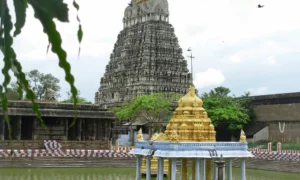The Chayavaneswarar Temple Sayavanam is a Hindu temple dedicated to Lord Shiva, located in the village of Sayavanam in Tamil Nadu, India. This ancient temple, rich in history and tradition, is a significant example of Dravidian architecture. It stands as a testament to the religious devotion and artistic skill of the Tamil people. The temple is renowned for its intricate carvings, towering gopuram (gateway tower), and the sacred tank believed to have curative properties. It has been an important pilgrimage site for centuries and continues to attract devotees and history enthusiasts alike.
Religious Structures

Temple of the Moon at Machu Picchu
The Temple of the Moon at Machu Picchu stands as a testament to the Inca’s architectural prowess and their reverence for natural elements. Nestled in the Andean mountain range, this ceremonial site captivates historians and tourists alike. Its exact purpose remains a mystery, but its alignment with celestial bodies suggests it held astronomical significance. The temple’s intricate stonework and unique location make it an integral part of the Machu Picchu complex, a UNESCO World Heritage Site.
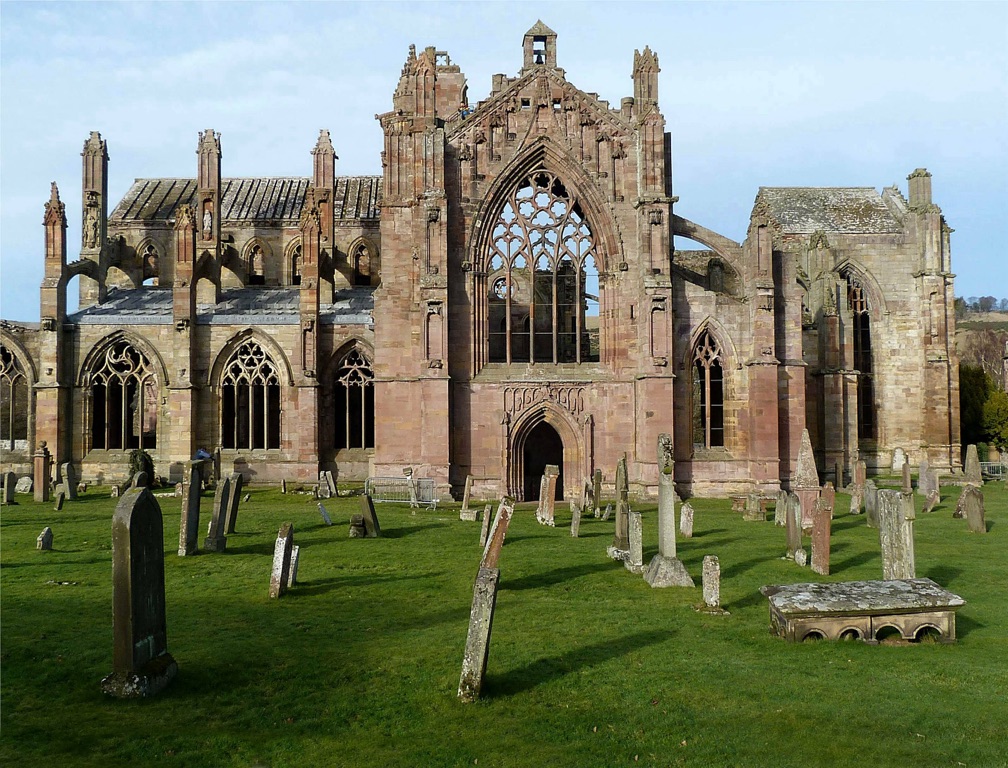
Melrose Abbey
Melrose Abbey, a magnificent ruin in the Scottish Borders, whispers tales of medieval grandeur and spirituality. Founded in 1136 by Cistercian monks at the request of King David I of Scotland, it’s renowned for its rich history and stunning Gothic architecture. The abbey has witnessed centuries of history, including raids, restorations, and the interment of the heart of Robert the Bruce, a legendary Scottish king. Today, it stands as a testament to Scotland’s past, attracting visitors from around the globe.
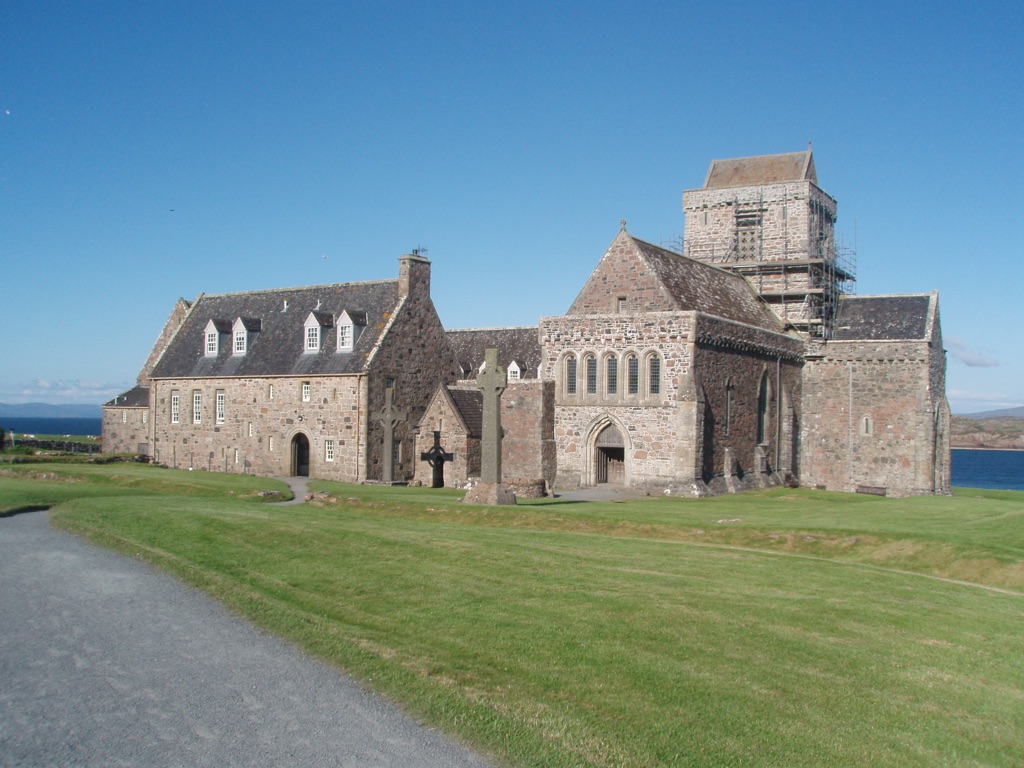
Iona Abbey
Iona Abbey is a site of historical and religious significance located on the Isle of Iona, off the west coast of Scotland. Founded by St. Columba in 563 AD, it became a dominant religious and political institution in the region. For centuries, it was a center for the spread of Christianity throughout Scotland and beyond. The abbey is also known for its intricate Celtic art and manuscripts, most notably the Book of Kells, which is believed to have been produced or begun here. Today, Iona Abbey stands as a symbol of Scottish heritage and a testament to the country’s early Christian history.
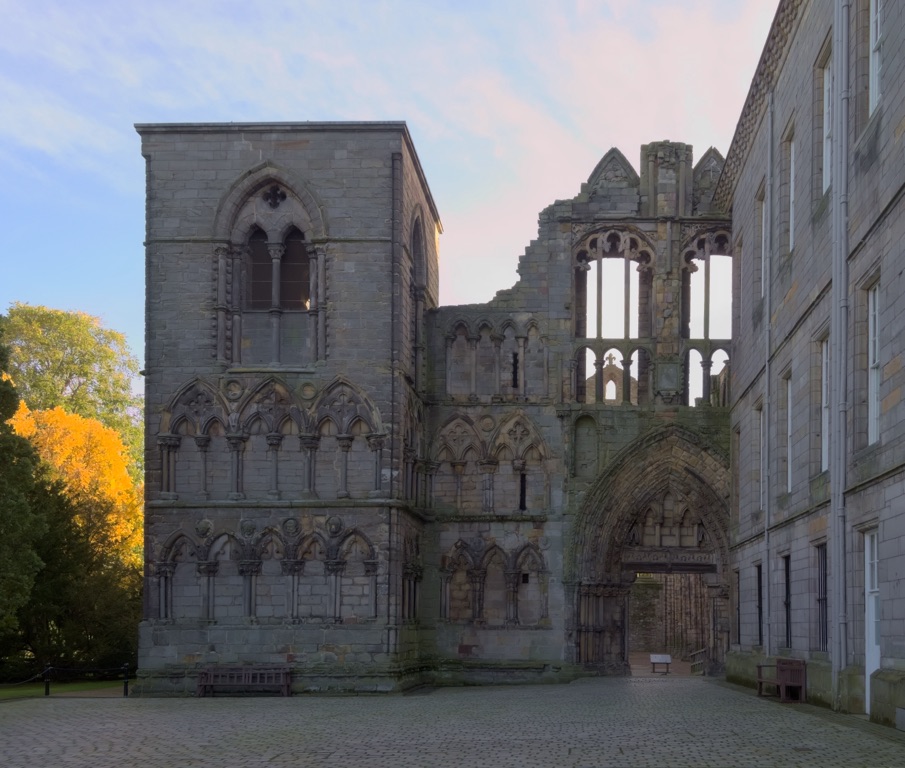
Holyrood Abbey
Holyrood Abbey, nestled in the heart of Edinburgh, Scotland, stands as a testament to the country’s rich medieval history. Founded in 1128 by King David I of Scotland, the abbey was originally established as a monastery for Augustinian canons. Over the centuries, it has witnessed significant historical events and has been a focal point for royal ceremonies and governance. Despite its partial ruinous state today, Holyrood Abbey remains an iconic symbol of Scotland’s ecclesiastical heritage and its intertwined relationship with the monarchy.
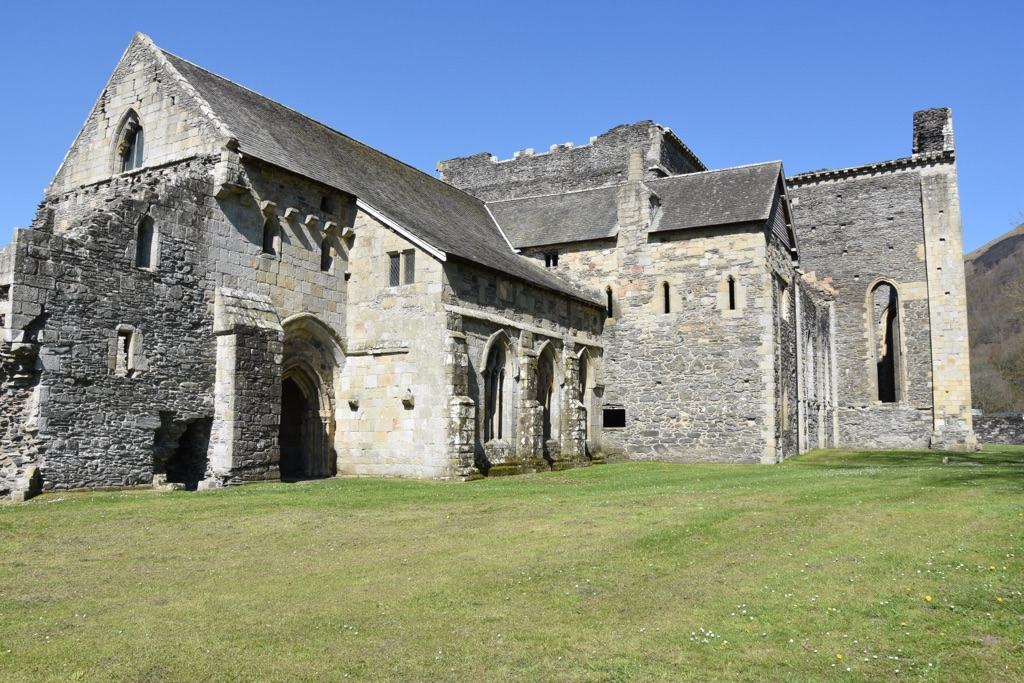
Valle Crucis Abbey
Valle Crucis Abbey, nestled in the heart of North Wales, stands as a testament to the region’s medieval religious fervor. Founded in 1201 by Cistercian monks, it was a center of spirituality and agriculture for over three centuries. Despite the dissolution of the monasteries in the 16th century, the abbey’s ruins continue to captivate visitors with their serene beauty and historical significance.

